Most of us do not have a perfect gait and it is usually not a problem. However, due to the repetitive nature of running, minor gait abnormalities can result in injuries.
Here’s a closer look at which common running injuries are associated with gait abnormalities and what you can do about it!
Gait Cycle
Firstly, let’s break down the gait cycle. A gait cycle is the movement of your legs and feet as you run or walk. A full gait cycle starts from when your foot leaves the ground, moves forward through the air, followed by a return to the ground with a foot strike. The gait cycle can be broken down into the swing phase and the stance phase.
Runner’s Knee
It’s no coincidence that patella-femoral syndrome is also referred to as Runners' Knees. Runner’s knee occurs when the tendon connecting the shin bone to the knee becomes inflamed and the kneecap is no longer sitting in the patellar groove.
A common cause of runner’s knee is over-striding or excessive heel striking. Usually you land on your mid to forefoot when your foot hits the ground, which aligns your foot and leg to absorb the impact. Heel striking diminishes the foot and legs ability to absorb the tremendous force from running. It’s like putting on the brakes every time your foot comes into contact with the ground.
Luckily, you can fix excessive heel striking by gradually shortening your stride and developing more body awareness with regards to your form and centre of gravity.
Shin Splints
Shin splints occur when the muscles and tendons along your tibia (or shin) pull and become inflamed. It is a very painful injury and once established, it can be difficult to treat. More serious cases can be due to
Shin splints are definitely considered an overuse injury. Running is definitely a main culprit, especially if you are susceptible to over-pronation.
Pronation occurs naturally when your foot initially comes into contact with the ground. It helps to dissipate the impact and helps with the transition to toe off. However, excessive pronation puts too much stress on the soleus, which can lead to pulling away from the tibia and causing micro tears.
Over pronation can be minimized by strengthening your foot and ankle with exercises and spending some time stretching your calf muscles.
If you are experiencing recurrent injuries from running or suspect you have gait issues, a rehabilitation specialist can examine your gait and provide recommendations to prevent injuries and rehabilitate existing ones.


